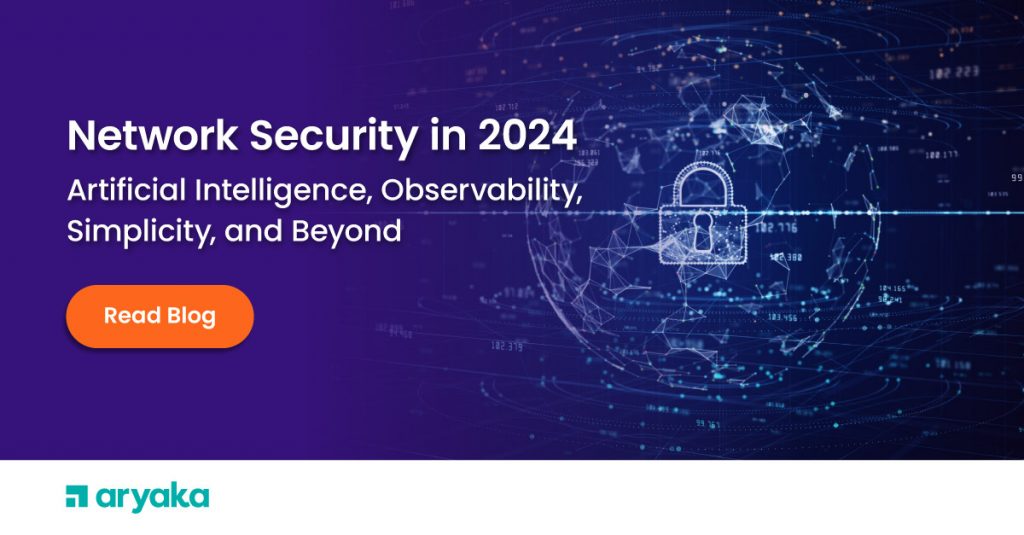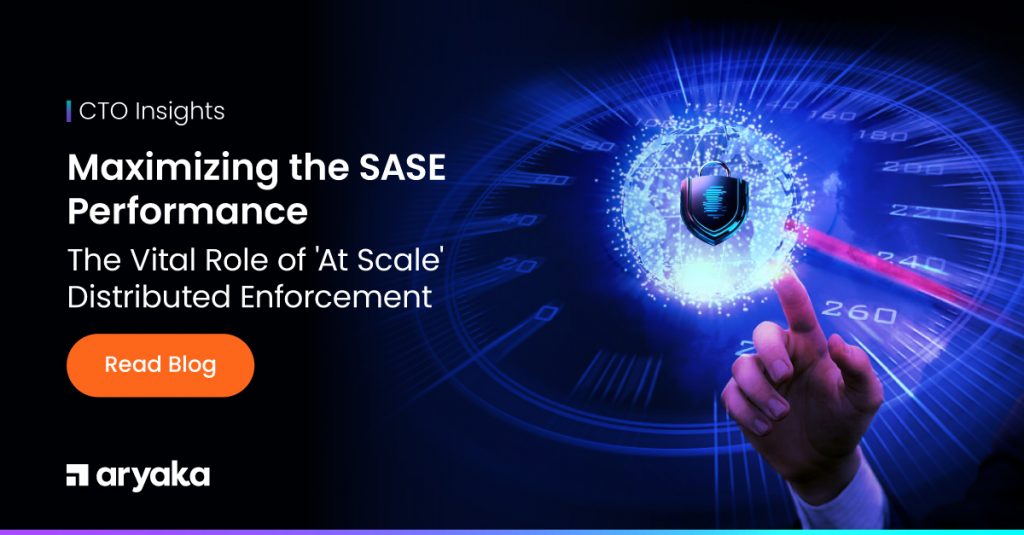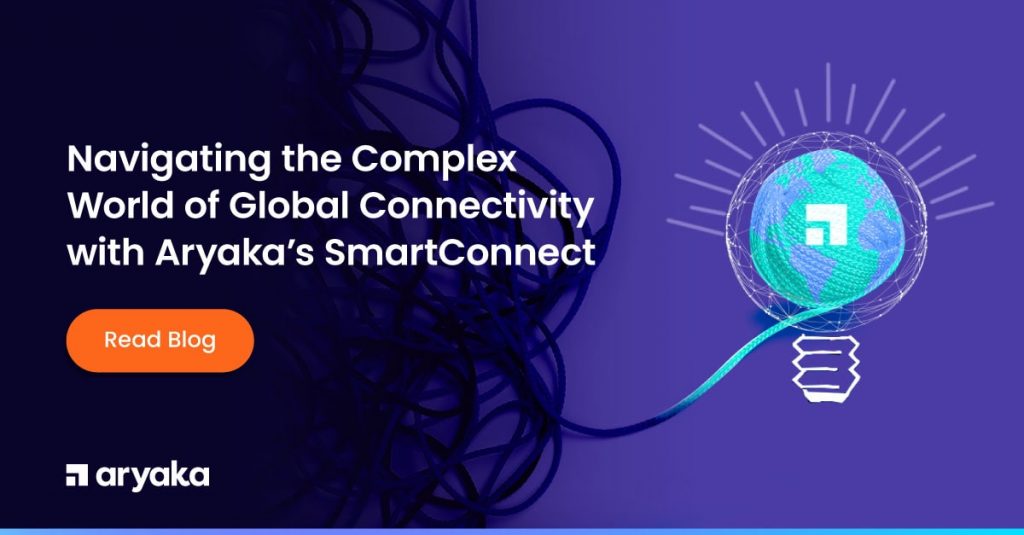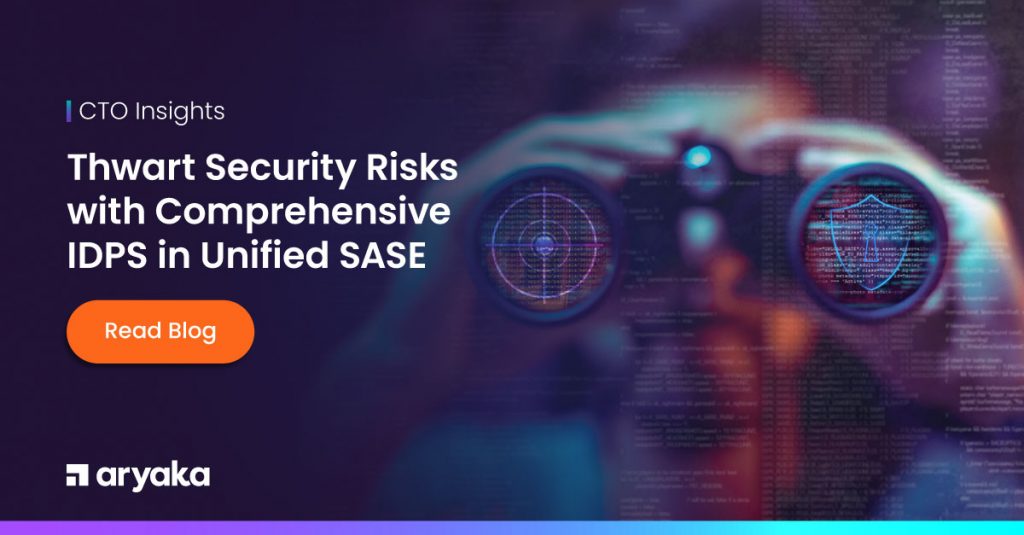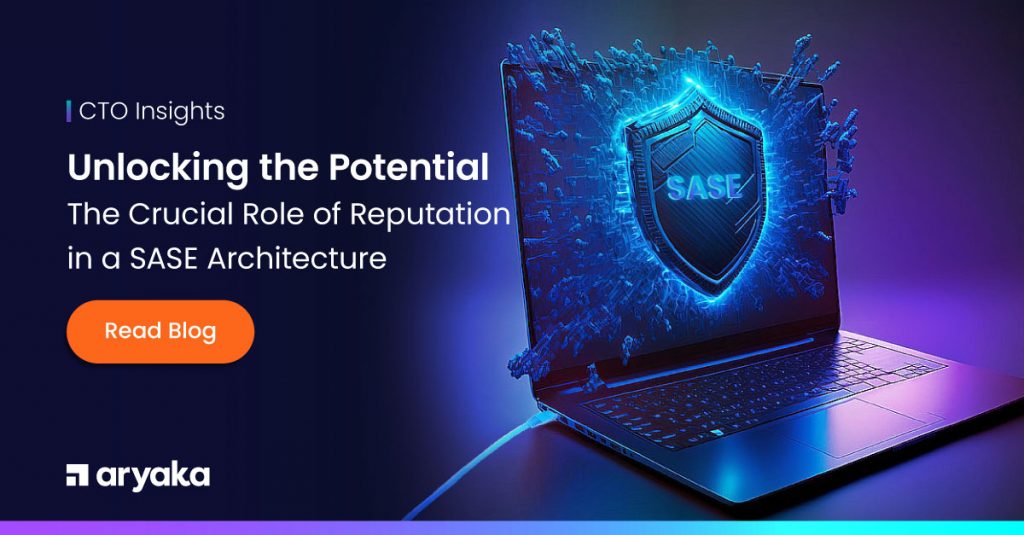SASE Adoption Guide: What You Need To Know
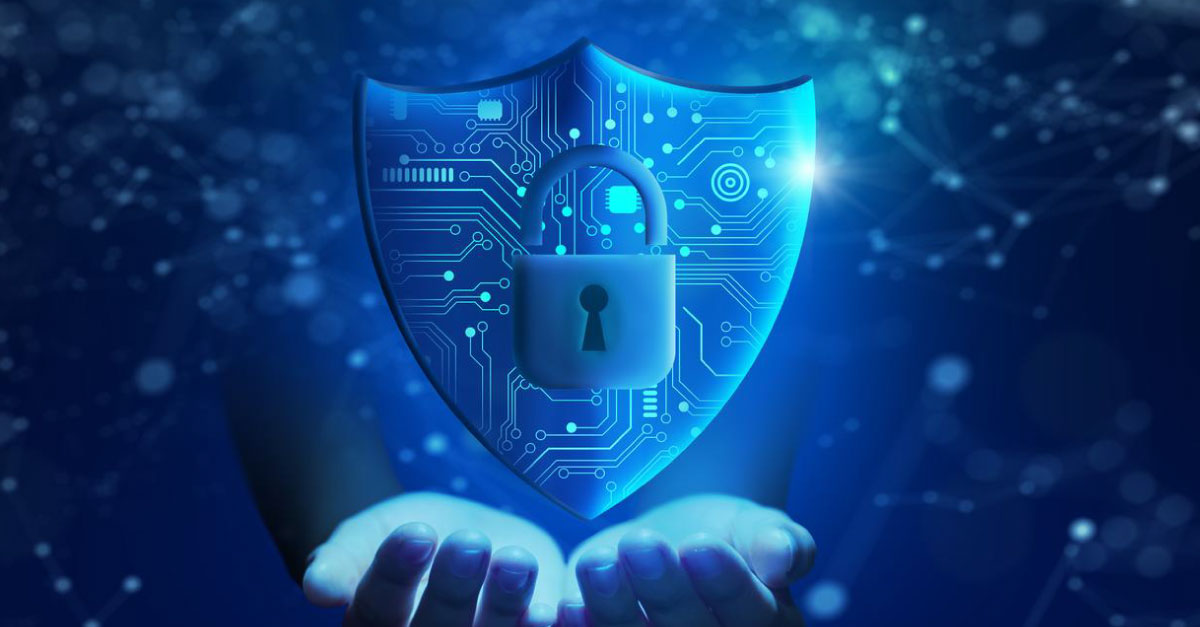
With so much information and trends to keep up with, it can be overwhelming and we all can use a little help. SASE sets out to help enterprises with their network and network security architecture. But what ought to make life simpler (in this case the life of CIOs and IT teams), can still be complex. Same is true for just knowing: What is SASE? I used ChatGPT to provide a little help and cover the basic aspects of SASE.
Understanding SASE Security Solutions
SASE integrates a variety of security solutions and networking technologies to provide secure access to applications and data. The SASE architecture includes the following components:
- Cloud-native security functions
- Software-defined wide-area networking (SD-WAN)
- Zero-trust network access (ZTNA)
- Secure web gateways (SWG)
- Firewall as a service (FWaaS)
SASE use cases include remote access, branch office connectivity, and cloud migration. The benefits of SASE security solutions include increased agility, scalability, and reduced costs.
Factors to Consider for SASE Adoption
Before implementing SASE security solutions, organizations should consider the following factors:
Security requirements: SASE solutions should meet the organization’s security requirements, including its compliance regulations.
Network architecture: SASE solutions should integrate with the existing network infrastructure of the organization and be compatible with current network security protocols.
Cloud readiness: Organizations should evaluate their cloud readiness, including the ability to integrate with multiple cloud environments.
User experience: SASE solutions should provide a seamless user experience while maintaining security standards.
Key Considerations for SASE Security Solutions
To ensure comprehensive security, organizations should consider the following SASE security solutions:
Network Security: SASE solutions should provide network security functionalities such as intrusion prevention, data loss prevention, and threat detection and response.
Cloud Security: SASE solutions should protect cloud-based applications and data with cloud security solutions like encryption, access control, and identity management.
Data Protection: SASE solutions should secure data at rest and in transit with encryption, backup and recovery, and data loss prevention.
User Authentication: SASE solutions should provide multi-factor authentication and identity management to ensure secure access to applications and data.
Application Access Control: SASE solutions should provide granular access controls for applications to protect against unauthorized access.
Implementing SASE Security Solutions
Implementing SASE security solutions involves the following steps:
SASE deployment options: Organizations should choose the deployment model that suits their needs, including cloud, hybrid, or on-premises deployment.
SASE vendor evaluation: Organizations should evaluate SASE vendors based on their offerings, pricing, reputation, and customer support.
SASE implementation best practices: Organizations should follow best practices for SASE implementation, including defining security policies, configuring security rules, and conducting regular security audits.
Conclusion
SASE security solutions offer a comprehensive security model that integrates networking and security functionalities. Organizations should consider the key factors for SASE adoption and the key considerations for SASE security solutions to ensure successful implementation. SASE adoption can provide organizations with increased agility, scalability, and reduced costs while maintaining strong security standards.
- Cutting Through the SASE Confusion
- Enterprise Networks at an Inflection Point: The Motivations for SASE
- Managed Multi-Cloud Connectivity and SASE
- Demystifying SASE Adoption
- Fully Managed SASE for Better TCO – Check Point & Aryaka
- Re-Defining Hybrid Workplace with SASE and a Cloud-First Solution
- Re-Defining VPN with SASE and a Cloud-First Solution
- Which SASE is right for you?





